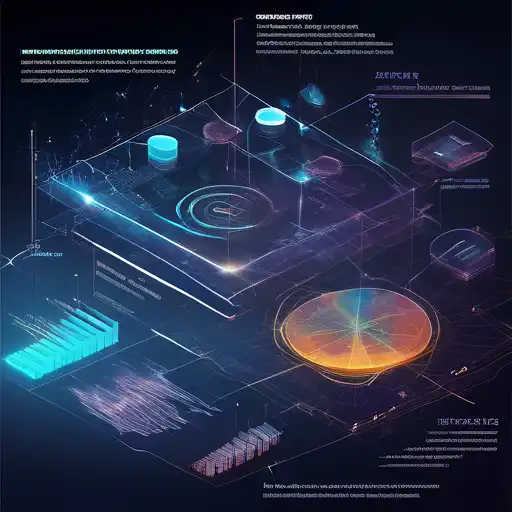Introduction to Data Visualization
In the era of big data, the ability to visualize complex datasets in an understandable and actionable manner is invaluable. Data visualization techniques transform raw data into visual contexts, such as charts, graphs, and maps, making it easier to identify patterns, trends, and outliers. This article explores the most effective data visualization techniques that can help you gain better insights from your data.
Why Data Visualization Matters
Data visualization is not just about making data look attractive; it's about making data accessible and comprehensible. By leveraging visual elements, businesses and researchers can uncover hidden insights, communicate findings more effectively, and make informed decisions faster.
Key Benefits:
- Enhances data comprehension
- Facilitates quicker decision-making
- Identifies trends and patterns
- Improves stakeholder engagement
Top Data Visualization Techniques
Choosing the right visualization technique depends on the nature of your data and the insights you wish to derive. Below are some of the most powerful techniques used across industries.
1. Bar Charts and Column Charts
Ideal for comparing quantities across different categories. Bar charts are horizontal, while column charts are vertical, but both serve the same purpose of comparison.
2. Line Graphs
Perfect for visualizing data trends over time. Line graphs connect individual data points, making it easy to see increases, decreases, and fluctuations.
3. Pie Charts
Best suited for showing proportions and percentages within a whole. However, they should be used sparingly, as they can become confusing with too many segments.
4. Scatter Plots
Excellent for identifying correlations between two variables. Each point represents an observation, allowing viewers to see patterns or outliers.
5. Heat Maps
Useful for visualizing complex data like user behavior on websites or performance metrics across different regions.
Advanced Techniques for Deeper Insights
For those looking to go beyond basic charts and graphs, advanced visualization techniques can provide even deeper insights.
Interactive Dashboards
Interactive dashboards allow users to drill down into the data, filtering and manipulating views to explore different angles and uncover hidden insights.
Geospatial Mapping
When location data is involved, geospatial mapping can reveal geographical trends and patterns that might be invisible in traditional charts.
Best Practices for Effective Data Visualization
To maximize the impact of your data visualizations, follow these best practices:
- Know your audience and tailor the visualization to their needs
- Keep it simple and avoid clutter
- Use colors and labels effectively to enhance understanding
- Ensure accuracy and avoid misleading representations
Conclusion
Data visualization is a powerful tool for transforming complex datasets into clear, actionable insights. By selecting the appropriate techniques and adhering to best practices, you can unlock the full potential of your data. Whether you're a business analyst, researcher, or data enthusiast, mastering these techniques will elevate your ability to communicate and make decisions based on data.
For more insights into data analysis and visualization, explore our business intelligence section.
